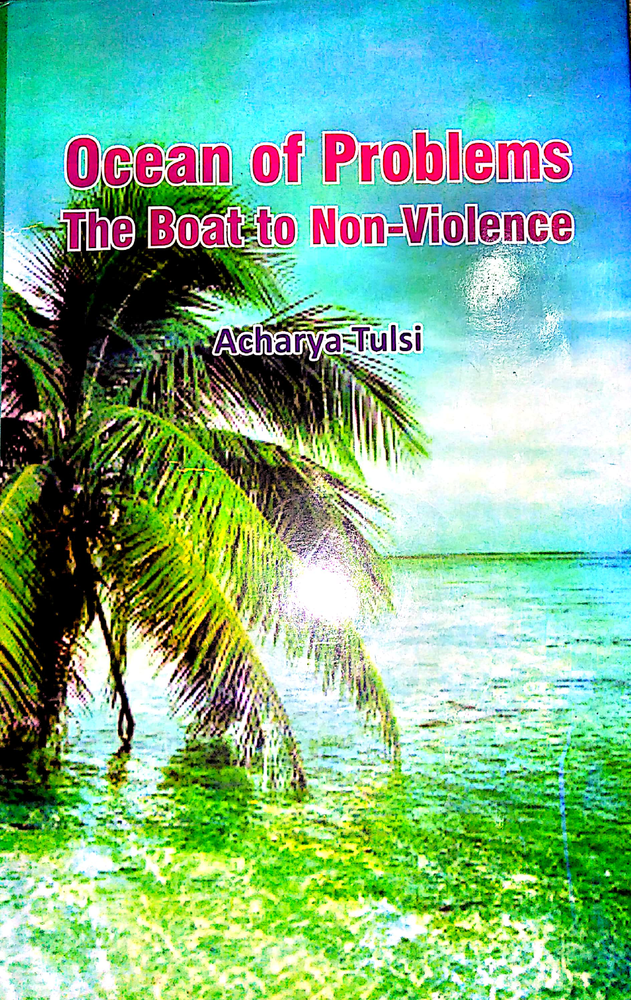Fear is Violence
We have two facets before us——violence and non-violence. In the presence of non-violence there is self-dependence and in violence there is dependence on others. Those who consider non-violence to be armour of worthless do not understand this state. If a saint meets a tiger on his way he never gets afraid. The way to intimidate someone is violence; in a similar way to get afraid is also violence. An ideal saint must not have any attachment with this mundane body because it is not enteral. It has to meet the inevitable sooner or later, if not today, and then it will happen tomorrow. What is there to be afraid of them? Soul is deathless. No one can kill it. In its presence there can be no interference from anyone. This is the person’s own property. If a person wants to keep it secure then he can do it. In a similar way its destruction also lies in the person’s hands. A saint who is aware of this reality is not even afraid of a tiger. He keeps on moving ahead keeping his aim fixed. In a situation like this if he even dies he accepts death gleefully. This is the highest state of soul illumination. In normal situations, mediation doesn’t touch such peaks of consciousness.
Some people believe that a person involved with religious activities has the right to secure himself because if he survives he can perform many religious activities beneficial for all. The way he wants to be a religious man in his personal life in a similar way is there no possibility of his getting tainted by irreligious activities‘? In reality it is not a religion but attachment to life which is not applicable for a follower of non-violence.
An Ideal Example of Fearlessness
In Ramayana the two saints are exemplified. -From material point of view they shared the relation of a father and son. They both made high mountain their abode shortly after the completion of chaturmas. They were moving to the city in search of alms. The son was ahead and the father was following him. They both were walking at their own pace. At that point of time a tigress suddenly appeared before them. The father seeing this asked his son to move back and let him step ahead. The son was deeply engrossed in the penance of restraint. He was also not afraid of death. The father insistently said him several times but he was not ready to step behind his father. He said, ‘Guruvar, you only said that ‘there is a great bliss in death. Being my elder why do you want to snatch away such a great bliss from me?’ The old recluse got mesmerized seeing such a strong determination of his disciple. He could not say “a word then. The younger recluse moved ahead. The tigress was famished. She pounced upon the young recluse. He thought, when this tigress has attacked my body it can cause harm to my body but my soul is in no danger because to cause harm to it is impossible. It is eternal. This way imbued deep in contemplation he breathed his last and attained to Keval Gyan (enlightenment). The Karmas that bind oneself got destroyed and he got free. Since the father also elevated himself to the ideal state of non-attachment so he also got free.
On the other hand the tigress was eating the body of the young recluse. In fact, the strong moves a little far but in the present context it is irrelevant. In the present context it has been clearly understood that fear is violence and a non-violent consciousness is born in the soil of fearlessness only.
Those who consider non-violence as cowardice they must contemplate over this story that if non-violence was cowardice then no one would have considered the young recluse as brave. There is no doubt about the fact that non-violence was recluse as brave. There is no state such determination is not found in every seeker but still one must aspire and fix one’s goal to reach such an ideal state. The steps that move in the right direction sooner or later reach the destination.
 Acharya Tulsi
Acharya Tulsi
